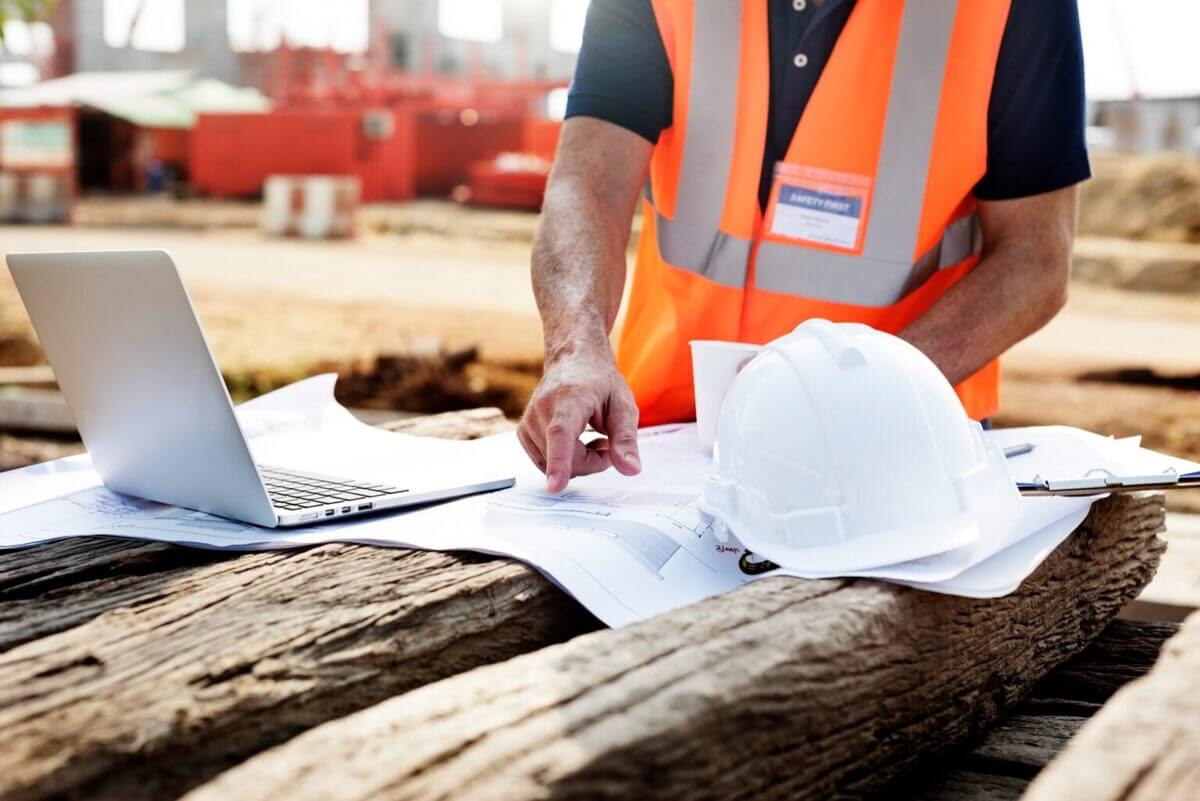

Conducting an internal audit is essential for construction companies aiming to maintain operational efficiency, financial accuracy, and regulatory compliance. Unlike external audits, internal audits are proactive tools that help identify and resolve potential issues before they escalate.
Start by identifying and reviewing high-risk operational areas. These typically include:
These areas are prone to errors, fraud, or inefficiencies. Assess whether appropriate controls and procedures are in place to minimize risk and ensure accountability.
Job costing is at the heart of a construction company’s financial health. During the audit:
Accurate WIP reporting is critical to avoid misstated financials.
Construction companies must follow specific accounting guidelines such as:
Auditors should:
Interviewing project managers, accountants, and other personnel is vital for:
These interviews provide a real-world perspective that complements document reviews.
Compile audit results into a structured report that:
The report serves as a roadmap for management to enhance internal controls and overall efficiency.
An effective internal audit of a construction company involves thorough review, verification, and communication. By addressing high-risk areas, ensuring accurate job costing, verifying compliance, and engaging with staff, companies can reduce risk, improve performance, and drive sustainable growth.
